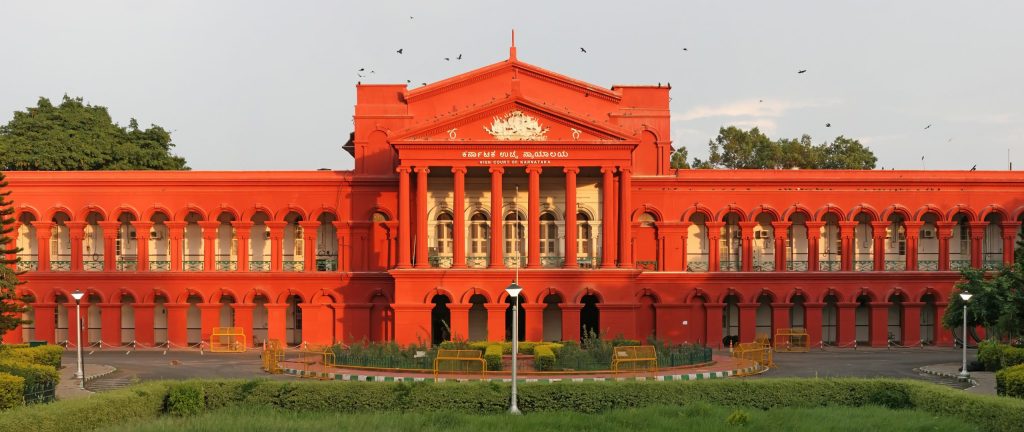Now Reading: Laws Applicable in Fashion Industry
-
01
Laws Applicable in Fashion Industry

Laws Applicable in Fashion Industry
INTRODUCTION
Intellectual Property Rights (IPR) are the rights of a person over their intellectual creation, i.e., creation of the mind, such as, art, writing, invention etc. Any new idea is the monopoly of its owner and the owner has the right to earn profit from that idea. Thus, there is copyright for writing and art, patent for inventions and trademark for brand names.
IPR extends to the fashion industry as well. The fashion industry comprises of designing, manufacturing, trading of clothes or accessories or jewelry with new and unique designs. These designs are the fruits of intellectual labour of someone or the other and therefore should be liable to be protected by the IPR. However, in the United Kingdom, there is limited scope for designers to avail protection of copyright for their designs under Copyright, Designs and Patents Act, 1988, since the sub-categories provided in S.4 that defines ‘artistic works’, unfortunately does not list clothes’ design or fashion as a category of artistic work.[1] In the United States there is no specific law that deals with designs on clothes since copyright law is exempted from monopolizing essential elements such as garments and the clothing brands in US are mostly protected under their trademark law.[2]
In India, the scenario is completely different. In order to protect designs applied on clothes in the fashion industry, the Indian legislature has enacted The Designs Act in the year 2000 which is different from The Copyright Act, 1957.
If you are looking to make a career in fashion law, then have a look at perfect Fashion Law courses offered as short-term certificate and diploma programme taught by experts in the industry, take Fashion Law Journal and Legal Desire courses on Fashion Law, To know more about course modules, detailed information and registration, Click Here or visit: www.legaldesire.com/fashionlaw
THE PROTECTION OF FASHION IN INDIA
The renowned designers in the country always seek to protect their creation, be it dress or accessories, from plagiarism since it has been seen that anyone can copy the design of a dress and make profit out of it. Counterfeits of renowned brands, be it domestic or foreign, and fake designer products in fashion often flood the market and people prefer to buy the counterfeits because they look the same as high-end branded products but cost way less.
The Copyright Act, 1957 mentions ‘any other work of artistic craftsmanship’ in the definition for ‘artistic work’ in S.2(c), which may imply that designs will also fall under this category since they are also works of artistic craftsmanship. However, there is a special Act that exists solely to protect the designs applicable in fashion. Under this Act, which is known as The Designs Act, 2000, the word ‘design’ is defined to mean only the features of shape, configuration, pattern, ornament or composition of lines or colours applied to any article and which, when completed, “appeal to and are judged solely by the eye” [S.2 (d)]. Therefore it only deals with the aesthetics involved in a design and excludes any mode of construction or anything involving a mechanical device. Therefore any design, and not the cloth or metal on which it is applied, can be brought under The Designs Act and registered as per the provisions of the Act.
Any person registering a design under this Act, after paying the prescribed fee will have a monopoly on the design for 10 years. In case anyone fraudulently or obviously imitates the design without the consent of the registered proprietor of that design within the period for the purpose of sale, they will be liable to pay damages to the registered proprietor which will not exceed fifty thousand rupees.[3]
DESIGN AND COPYRIGHT: A CASE STUDY
There might arise confusion if fashions design, whether a drawing of a design or the design applied on a cloth or jewelry, should fall under The Copyright Act or The Designs Act. Moreover fashion designers may deliberately want to bring their design under the Copyright Act since this particular Act provides monopoly of artistic work for 60 years whereas the Designs Act gives copyright for only 10 years. This matter was put to rest by the Delhi High Court in Ritika Private Limited vs. Biba Apparels Private Limited[4].
In this landmark case related to the fashion industry, the brand RITU KUMAR sought to protect the designs under the brand name through copyright of those designs, alleging that some workers who used to work with them previously were joining the well known brand BIBA. It was argued by the defendant that as per the provision of Section 15 (2) of The Copyright Act, 1957, once a design is registered under The Designs Act, it does not come under copyright and if not registered under the Designs Act but ‘capable of being registered’, then once a copyright in a design is applied to an article by an industrial process for more than 50 times, ownership of the copyright ceases.
Thus, the issue before the Court was whether a design when it is included under the Copyright Act, is liable to be protected by it or as per S.15 (2) of the Act, if it is ‘capable of being registered’ under Designs Act, it will not enjoy the protection of the Act after it is applied 50 times. It was held that since the expression “capable of being registered” has been used in the Act, therefore the designs fall under the concerned Section of the Copyright Act and the suit was dismissed on that ground.[5].
OTHER LAWS OF FASHION
Business in fashion must abide by the laws of the land and no form of exchange or business can be outside the purview of law. The fashion industry not only consists of designing but also various other processes such as manufacturing, retail, marketing etc. Therefore the relevant laws govern each of the sectors, for example, labour law governs the manufacturing process such as Factories Act, 1948, in India; corporate laws govern marketing and other company related issues of a fashion company, banking law operates loans and other finances. With the advent of the internet, e-commerce has facilitated sales in the fashion industry and therefore laws related to information technology and e-commerce are relevant in the field of fashion too. In case of import and export of the fashion products, international trading and business laws are brought to the fore, along with tax laws and several other provisions of law that ensures a smooth running of the fashion business as well as fair trading.
Another important aspect in the fashion industry is modeling which is an unorganized sector. Therefore there is no dedicated legislation for protecting the rights of the models. However the models have the same rights as any other worker in the country and female models have the right against sexual harassment in the workplace. The British Fashion Council in the UK runs educational workshops for models in order to prevent eating disorder among them.
CONCLUSION
Being an industry that generates a large amount of revenue, there are high stakes in the fashion industry. Especially designers, who own expensive brands and designer houses, should be aware of the existing fashion laws. However it can be noticed that the fashion laws are mainly for big fashion businesses and brands and there is hardly any enforcement for the prevention of copyright by smaller retailers and designers although the legal provision for that is in place. Therefore much remains to be addressed in the fashion laws in India and across the world.
[1] Copyright, Designs and Patents Act, 1988, C.48. S.4 (Eng).
[2] John Zarocostas, The role of IP rights in the fashion business: a US perspective, WIPO MAGAZINE (Aug. 2018) https://www.wipo.int/wipo_magazine/en/2018/04/article_0006.html, last visited Oct.2,2020.
[3] The Designs Act, No.16 of 2000, Acts of Parliament, 2000 (India).
[4] Ritika Private Limited v. Biba Apparels Private Limited (2011) CS (OS) No.182/2011 (India).
[5] Ritika Private Limited vs Biba Apparels Private Limited on 23 March, 2016, INDIAN KANOON, https://indiankanoon.org/doc/20292476/ last visited on Oct.3, 2020







